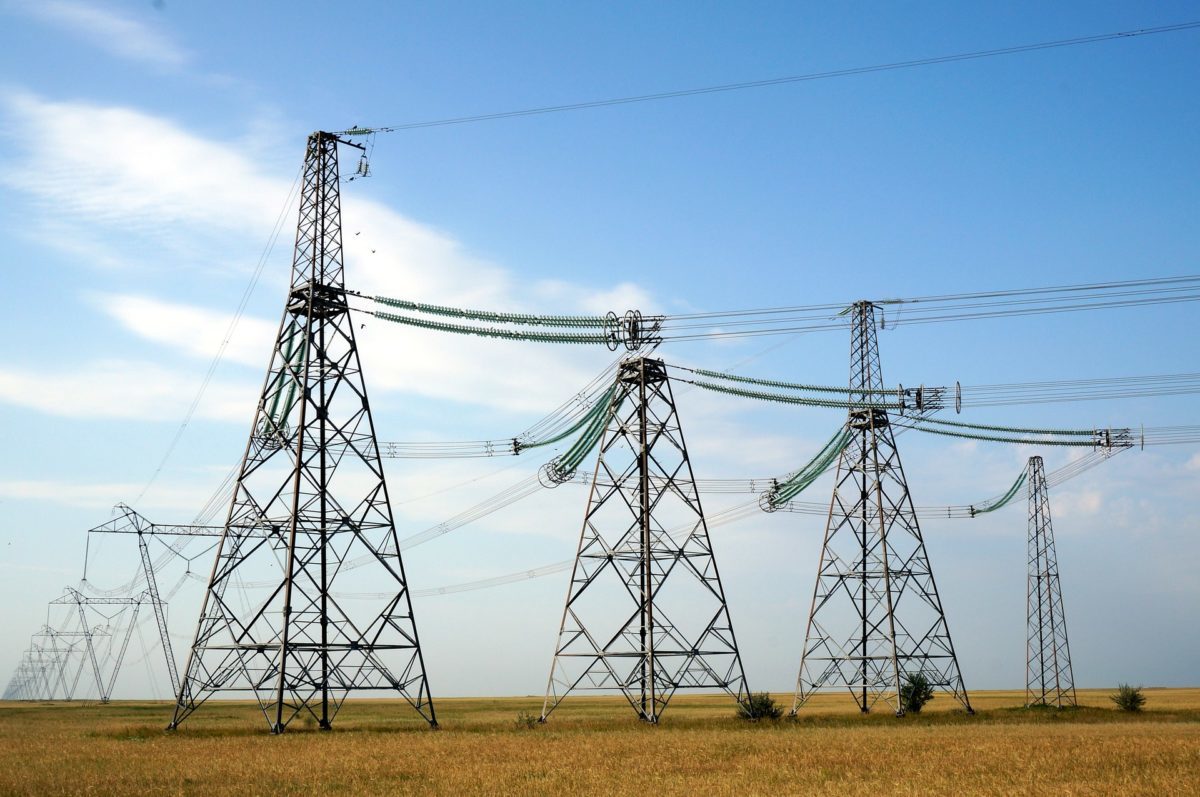A study carried out by transmission network service provider Powerlink will investigate system strength issues that have plagued solar and wind projects in North Queensland and explore several technical solutions, as well as business and regulatory models, to facilitate renewable energy penetration on the grid. One of the aspects it will examine is how to harness the potential of inverter-based generation and battery storage for a more stable grid.
A new and inherently complex topic, system strength is increasingly important for stakeholders such as developers and financiers to have a working understanding to enable them to cost-effectively develop renewable generation projects and navigate the network-connection process. An essential grid security service, system strength represents the ability of a power system to remain stable under normal conditions and to return to a steady state following a system disturbance.
While current wind, solar PV, and battery technologies do not typically contribute to system strength, the Powerlink Cost-Effective System Strength Study will explore several existing options for managing system strength, including centralized and coordinated solutions, and supporting the integration of renewables into the grid. These include installing synchronous condensers, changing inverter settings, or strengthening transmission infrastructure. As part of the wider project, Powerlink is also looking at whether emerging storage technologies such as grid-scale batteries can be tied to solar or wind farms to support system strength.
New challenge
As of lately, system strength has emerged as a prominent challenge impacting renewable generation projects and the National Electricity Market (NEM). Last month, the Australian Energy Market Operator (AEMO) declared a system strength gap in parts of the North Queensland grid after the issue had prevented several renewable energy generators to export their full capacity. The shortfall applies to the 275kV node at the Ross substation where three wind and solar projects – the Haughton and Sun Metals solar farms and the Mt Emerald wind farm – could see their output curtailed to zero.
AEMO had previously declared system strength shortfalls in South Australia, Tasmania, and Victoria. Last year, a gap was declared in the West Murray region of Victoria and New South Wales, where five solar farms have had their output curtailed by 50% for over seven months. In a major feat for the energy sector, the West Murray saga came to an end last month when AEMO lifted generation constraints imposed on the five PV plants, following the successful testing of new tuned inverter settings devised by German manufacturer SMA.
As a first step in the project, Powerlink commissioned GHD to prepare an initial report on system strength, which will inform submissions to AEMC’s System Strength Review. Solar farm operators Pacific Hydro and Sun Metals supported the report’s development.
“The report uses the North Queensland region as a case study, however the information is presented in a way that allows for potential use in other regions of the National Electricity Market currently experiencing system strength issues,” Powerlink Chief Executive Kevin Kehl said.
ARENA funding
As announced on Wednesday, the Australian Renewable Energy Agency (ARENA) will back Powerlink’s $922,000 study to the tune of $490,629. ARENA CEO Darren Miller said system strength is a complex and technical subject that has evolved over time, and this project will help provide a clear and common understanding of the system strength concept, how it can be managed and network implications.
“In some cases, developers can be forced to install synchronous condensers as a local source of system strength which can come at a large cost to developers and be project-specific solutions, which are unlikely to be economically efficient,” Miller said. “AEMO’s Integrated System Plan has shown that, in many situations, a centralised approach to managing system strength would be more economic than developing individual solutions for each wind and solar farm.”
Energy and Emissions Reduction Minister Angus Taylor said the study will provide a chance for Powerlink Queensland to review both the opportunities and challenges presented by connecting large-scale renewable generators to the NEM. “As highlighted by AEMO last week, we know there are still a number of steps to be taken so that the NEM can operate reliably and securely with higher levels of renewable energy, and this study is one such example,” Taylor said.
A new survey published by AEMO last week found that Australia’s main electricity grid already has the technical capability to safely operate a system where 75% of electricity comes from wind and solar. For this to happen by as soon as 2025, market conditions and the regulatory environment will need to be modified.
Powerlink’s study is expected to be complete in late 2020.
This content is protected by copyright and may not be reused. If you want to cooperate with us and would like to reuse some of our content, please contact: editors@pv-magazine.com.









By submitting this form you agree to pv magazine using your data for the purposes of publishing your comment.
Your personal data will only be disclosed or otherwise transmitted to third parties for the purposes of spam filtering or if this is necessary for technical maintenance of the website. Any other transfer to third parties will not take place unless this is justified on the basis of applicable data protection regulations or if pv magazine is legally obliged to do so.
You may revoke this consent at any time with effect for the future, in which case your personal data will be deleted immediately. Otherwise, your data will be deleted if pv magazine has processed your request or the purpose of data storage is fulfilled.
Further information on data privacy can be found in our Data Protection Policy.